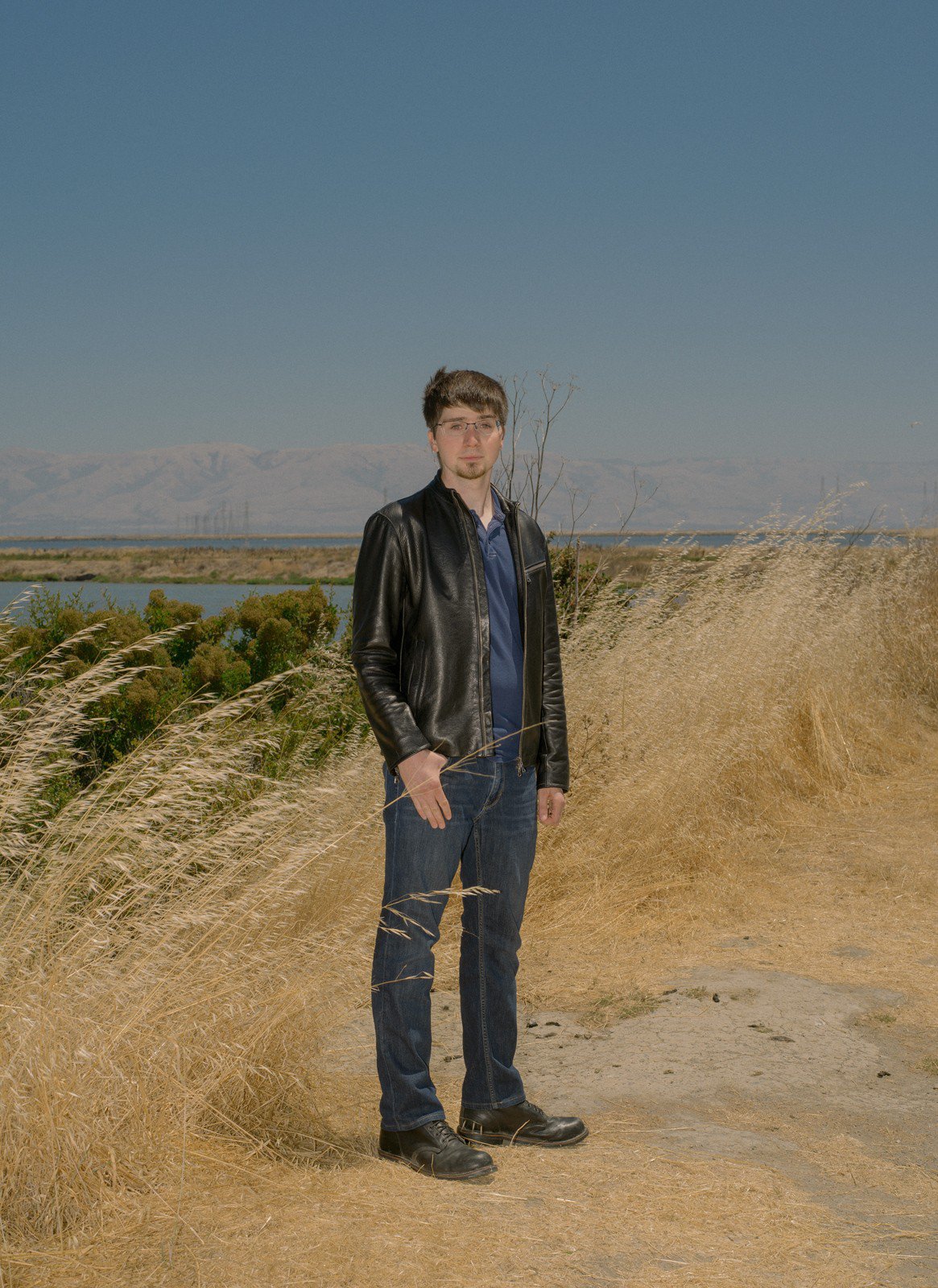Artificial intelligence & robotics
Ian Goodfellow
Invented a way for neural networks to get better by working together.
Photo by Molly Matalon
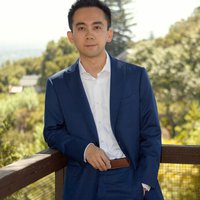
Global
Jianxiong Xiao
His company AutoX aims to make self-driving cars more accessible.
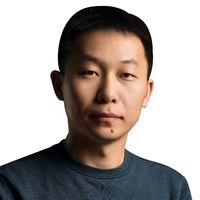
China
Mingjie Zhu
Taking advantage of machine learning, his company mines value from data through different financial scenarios to create risk control solutions
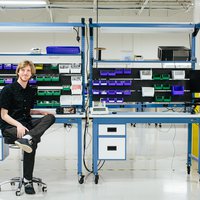
Global
Austin Russell
Better sensors for safer automated driving.
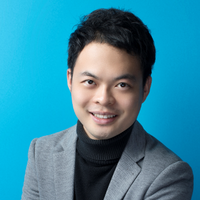
China
Xingze Wang
Computer vision with physical optics
